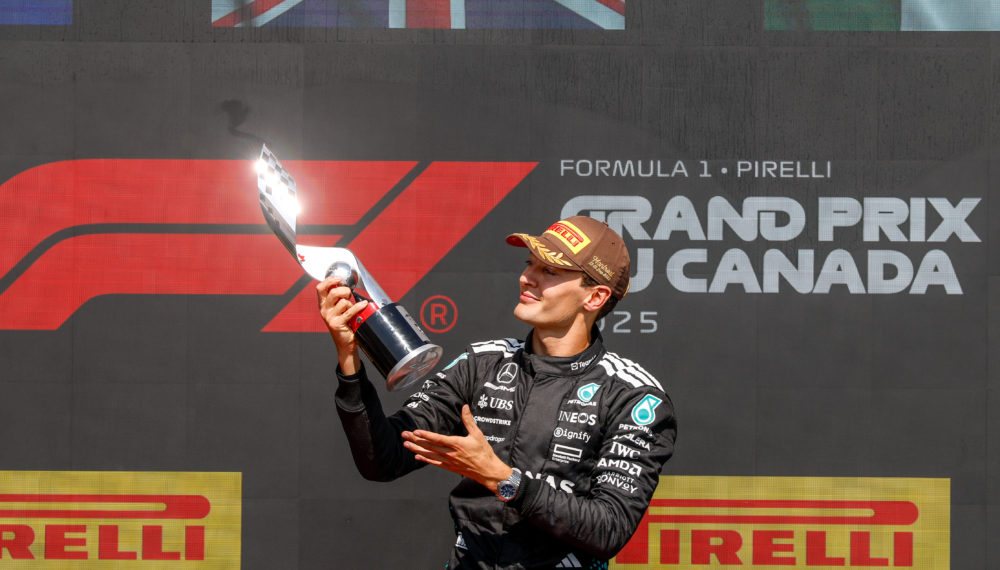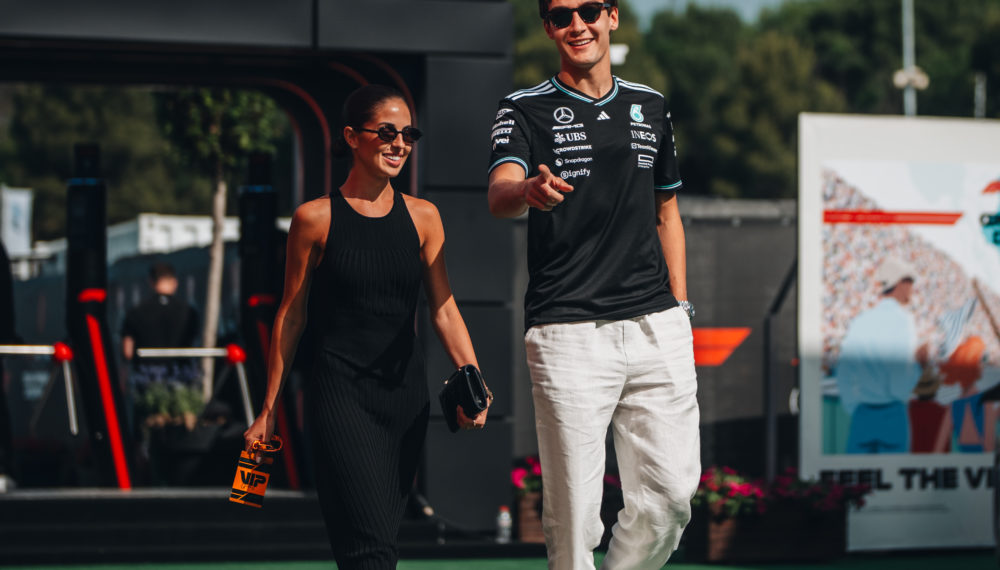Did you know that for every 10kgs (22 pounds) of fuel in an F1 car, an additional 0.3 to 0.4 seconds are added on to a driver’s lap time. However, with the new ban on refueling this season, strategists are no longer as concerned with fuel as they are with tire degradation during a race.
MERCEDES GP PETRONAS sat down with their team’s Chief Strategist, James Vowles, to discuss not only what role his position plays for the team, but how each strategic decision can mean seconds on or off thr driver’s lap time.
How would you define the role of a Formula One strategist?
I provide the drivers with information on how the tires should perform over the race weekend and help to plan our Friday programme to provide the information needed to make the best decisions in qualifying and the race. I identify and study our key competitors to find out their strengths and weaknesses and highlight which elements will affect us and how we can use that information to our advantage. As we accumulate data over the weekend, I build up the plan of what we should do in qualifying and how we can beat our nearest competitors to get the best possible grid position.
Is this season as strategically challenging as the last?
This year is more challenging on a Sunday but not necessarily over the rest of the weekend. Last year, your race was very much determined by your fuel level in qualifying and if you got the fuel load wrong, it could easily make a difference to your grid position and therefore important places in the race. This year with no refuelling in the race, the strategic emphasis in qualifying has shifted to establishing what tires should be used, whether to stay in the garage, what qualifying mix modes to use, trying to save the tires to give the driver the best possible chance in Q3, understanding what your competitors are doing and maximising the time that the cars spend away from traffic.
We focus on every other team across the grid as much as our own. This is particularly relevant this season with the new regulations which has allowed teams to move in and out of performance zones very quickly from weekend to weekend. Last year there were four main teams that we needed to focus on and this year it is more like seven teams which makes this year’s racing a lot more challenging.
What are the key factors you look at when you define the race strategy?
Tires are the most important part of the car and with no refuelling, the tires determine when we make a pit stop. We have to identify when there is a tire window (i.e. when one tire compound outperforms the other) and make a decision on when to make the change. So we have to know the rate that the tires warm up, how quickly they grain, if they have accumulated any surface damage and how severely they affect the balance of the car. The most important consideration is the rate at which the different compounds, prime or option, degrade. We have historically been the best team at timing our tire changes correctly where we have come in just before the tire window opened and jumped ahead of other cars or stayed out and maximised our position in the race.
The other key factor is fuel as 0.3 to 0.4 seconds per lap are added for every 10kgs of fuel. Therefore we have to decide what fuels to use, when to consume the most fuel depending on the drivers’ style or if we should revert to a two stop strategy. The precise nature of Formula One means that there is always a very small margin for error. It is crucial to set the correct amount of fuel and judge the performance of the tires or you can easily lose two seconds a lap to your competitors.
This can get complicated as many of the aspects which affect fuel consumption are constantly changing. For example, a tire that was graining can suddenly stop graining and perform better or there can be a change in track temperature and performance declines. At a street circuit like Monaco, which is run on public roads, the track conditions can change completely from session to session giving only a a few minutes before a session to understand what’s changed and adapt our strategy accordingly.
With no in-season testing this year, we have to use the two Friday practice sessions to our advantage and collect as much information as possible about the car’s response to the track. If we calculate the fuel consumption wrongly, we could have an excessively heavy car or a car which is too light on fuel and won’t be able to perform at maximum capacity.
We also have to work out the practicalities of pit stops so for example, the amount of time that it takes to do a pit stop from entering the pit lane to exciting. We are lucky to have the quickest and most consistent pit stop team which makes my job much easier in working out the pit timings for the race.
Do you plan the strategy early in the weekend or after qualifying?
We start to plan our strategy on Tuesday and Wednesday prior to the race to give our drivers a good understanding of what we are expecting during the weekend. We make a fuel estimate which is tested on Friday and that gives us a good idea of what strategy to use in qualifying and the race. After qualifying, there is a certain degree of planning but not as much as you might expect. The main part of our pre-race planning is how to react to a safety car, a crash or being required to pit early. Having plans in place enables you to react quickly to the thousands of possible scenarios that could arise in a race. At times we rely on luck of course but with detailed preparation and an understanding of how to deal with a particular situation, we can react in a more efficient and successful way. Strategy in Formula One is definitely a case of ‘failure to prepare is preparation to fail’.


